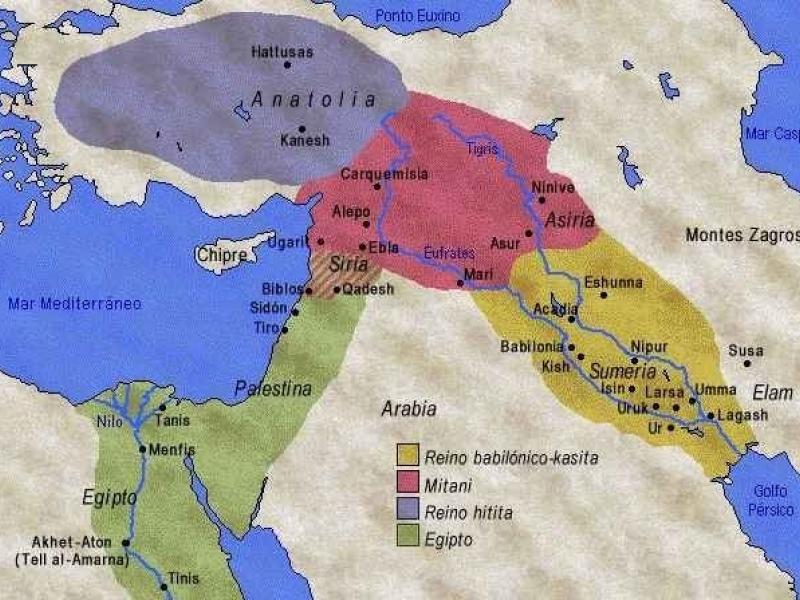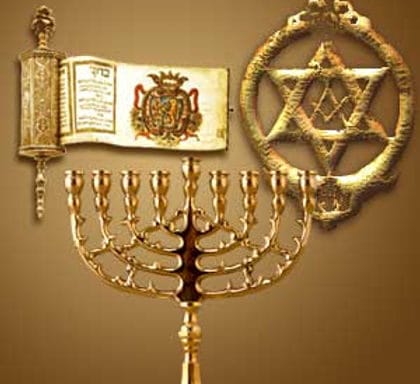History Once and For All Time
In history, some things happen once and for all time, for all people. And these traumatic events leave universal and historical traces, repeating and continuing. That is, history is experienced as the product, consequence, repetition, continuation, or overcoming of that root event, like the aftershocks of a major tectonic earthquake.
There are three major turning points, traumatic events, and human internal struggles that shaped history and whose aftershocks continue today:
1-Sumer-Sam Ur and the Flood of Noah
The first major traumatic event in known history is the dispersal of the Nuh-Anoh-Ana people (SamUr) by a flood, known as the first civilization, referred to by Westerners as Sumer but actually known as Sam-ur (Ur means city. Uruk/Iraq, Uruha/Jericho, Nippur, Assyria/Assur, Habur, Urartu, Ursalem, Urmia, Misur…Samur has been used to denote major cities since that time). In the Torah, Sam, still used today as Semitism-Semites, and identified as a son of Noah, actually means the sun (Shamash-Shems). The city of Sham is also derived from the same root concept. (Noah-Anoh-An means sky. Sin-Moon and Ishtar/Sitare-Stars are the spouse and children of Sky. In Mesopotamian cosmogony, these concepts are used both as names and symbolic values. Pagan beliefs express the sanctification and deification of people derived from these celestial associations, whose counterparts in nature and earth are kings, heroes, and saviors). Near Baghdad, Iraq the city of Ur (also read as Eridu in some records) , mentioned in the Quran as Ummul Kura, meaning the mother of cities, has been identified with the sun because it governed its surroundings like a solar system (sun city-capital). Today’s city of Damascus also played the same central-capital role in the Assyro-Babylonian era and is still known as Sham rather than Damascus. Thus, all subsequent capitals are Sham. Those who are not from Sham-city are Urab-Urban, meaning Bedouin.
These concepts are actually definitions of settled-nomadic. (Sami is not a race. They are the first city dwellers and are the first sample of civilized people for current societies in the world. That is, all city dwellers are Sami-Sam-urian. This usage is like the subjects of different tribes, languages, and beliefs being named as Assyrians or Romans-Roman after the empires of Assyria and later Rome. The claim that the Sami-Sam-urian people are the ancestors of Jews and Arabs is a lie of European-Aryan racism. Antisemitism, especially in Andalusia, demonized Arabs and Jews together, targeting Muslims as well. However, Europeans – and of course Indians, Iranians, Turks, Kurds, Chinese, Russians, etc., are also Sami-Sam-urian in this sense. That is, it is the result of their acquiring different identities in different regions following the fragmentation, dispersion, and civil war of this first civilization center.)
The story of the flood narrated in the Torah and Qur’an is the event of the dispersion-breakup of this Sam-ur civilization. Many of Eastern and Western peoples have spread throughout the world due to this great fragmentation. That is, this event is the first known event that has been experienced for all times. Modern archaeology probably invented the term Sumer, not mentioned in any records, probably to avoid attributing the first civilization to the people they called Semites because of antisemitic reasons. But as mentioned above there was no race called Sami in mankind history. The people of the civilization called Sumer are mentioned as Kianuguru-kenger. (The names Çankırı and Ankara also come from kianuguru. They were probably the cities where they settled after this dispersion.) Ki anuh guru means the city of the dark-haired or earth-colored Nuh people. They were probably a people of African-Ethiopian origin. That is, they were black. And the state known as Hittite-Eti (Ethiopia) had been part of the Sam-ur descendants who dispersed. These dark-haired people are demeaned by the elites of their tribe in the Qur’anic verses of Noah. (Hud/27. The same demeaning is also present in the verses of Thamud-Salih prophet. Araf/75) That is, black-foreigner hostility and racism were the reasons for the decay of this first civilized society. (Phrygia-Ifriya-Africa, Aphrodite, etc., are terms related to Africans in Mesopotamia and Anatolia. Africa has been the oldest population depot for India, Arabia, Iran, Mesopotamia, and Anatolia since ancient history.)
The Torah and modern archaeology sometimes tell different legends to either prove or refute each other. It seems that the scribes of the Torah have half-heartedly recorded the old event narratives they heard in Babylon (Iraq) and then in Assyria-Canaan-Phoenicia. Because the scribes of the Torah, which began to be written after the 500s BC, were foreigners who came to the region later. Indeed, their language Hebrew was also mispronounced Akkadian and Aramaic that they learned later. In the Torah, the reason of this great dispersion is narrated as the construction of the Tower of Babel and anger of gods that disperse the people and seperate their languages at their loud noise. Essentially, this story, probably a reference to a great civil war, is the narrative of the appearance on the stage of many groups from China, India, Iran, the Caucasus, Anatolia, Southern Europe, Egypt, and Africa with similar social and cultural features but different identities many years after the breakup of Sam Ur. Indeed, the language of Sam Ur, still not fully deciphered, has given rise to root languages such as Akkadian, Aramaic, Avesta, Assyrian. Sam Ur, or the Noah people, is the common root trauma of all subsequent generations and geographies, and its aftershocks continue in different forms.
Some modern archaeologists, since the 19th century, have been searching for treasure and gathering intelligence in these Sam Ur lands, called Mesopotamia, either to find evidence to prove the stories in the Torah or, if secularistic, to find documents to disprove the Torah, and have cobbled together half-baked histories from the Samur-Akkad-Assyrian inscriptions, tablets, and remains that they found. The natives of the region, whether Christian-Syriac, Chaldean, Iranian, or Muslim, have never been curious to read and understand the remains and inscriptions of this region in their original languages and in its logic. Due to this carelessness, either the Jews, servants of the invaders or today’s foreign archaeologists, the Western thieves, have written the history of the region and religions for their own purposes.
Source: https://kritikbakis.com/en/what-is-the-judaism-what-is-not/



